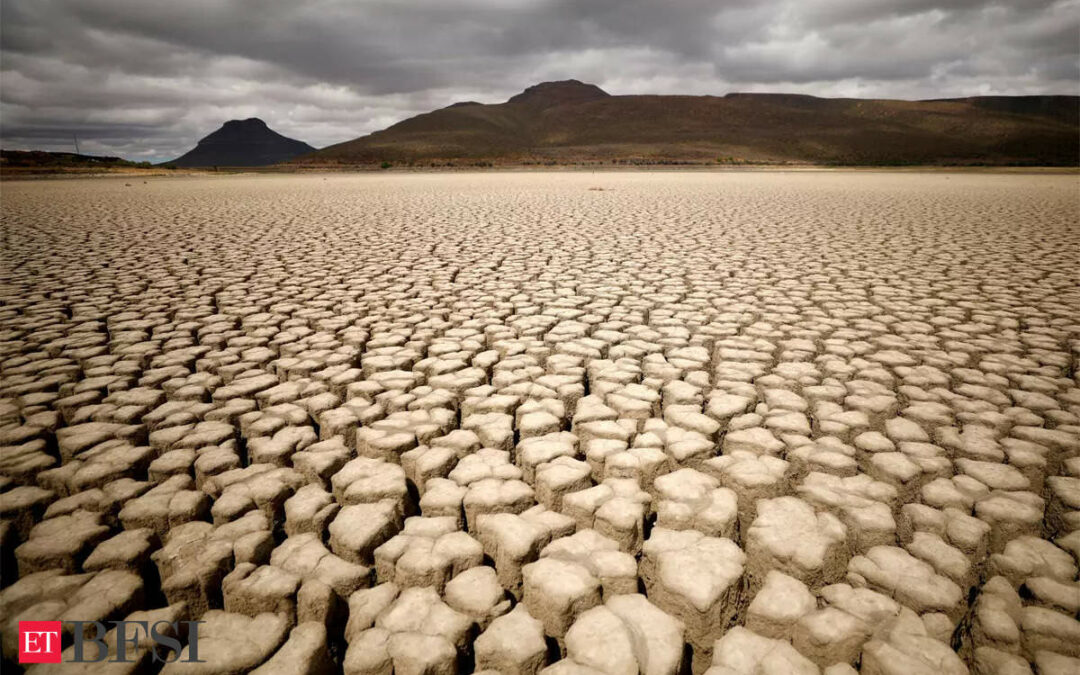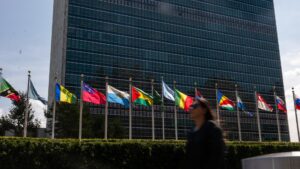June inflation figures are scheduled to be released on Friday. A delayed start to the southwest monsoon and prolonged heat wave is likely to have pushed June inflation for India to 5% year-on-year, higher than the trend anticipated earlier in the month according to a senior economist with a global bank. Climatic factors are now increasingly playing an important role in influencing food and fuel inflation which tends to affect the overall inflation levels which is emerging as a big area of concern for monetary policy. ET explains how could climate change impact monetary policy.
How have climatic factors affected prices in India?
In India, erratic progress of monsoons has had an impact on food and agri product prices from time to time. But seldom has one witnessed price rise due to other weather conditions. But the heat wave in many parts of the country has impacted vegetable supplies to major markets. Prices of essential vegetables consumed by India households such as tomatoes, potatoes, coriander, onion, cucumber and green chilies have gone up in the range of 25 to 100 percent in June according to market estimates.
Does climate change impact monetary policy
Yes. There are different channels through which climate change can affect monetary policy. The Reserve Bank’s latest monetary policy report has some details. First, climate change directly impacts inflation through adverse weather events affecting agricultural production and global supply chains. Second, climate change could impact the natural rate of interest due to increasing temperatures and occurrence of extreme weather events undermining productivity and lowering potential output. Thirdly, the after-effects of climate change might weaken the transmission of monetary policy actions to financing conditions faced by households and firms. For these reasons, central banks are increasingly incorporating climate risks explicitly into their modeling frameworks.Why should central banks be concerned?
In contrast to demand-driven inflation, where monetary policy is relevant to manage demand over the business cycle and stabilize prices, supply shocks are caused by changes in the availability or production costs of goods and services and IMF working paper on the subject released in April said. As a result, central banks may have limited control over the underlying factors driving supply shocks, making it difficult to achieve price stability. In the case of food price shocks caused by climate change, central banks may face a dilemma between stabilizing inflation and supporting economic activity. In fact, tightening monetary policy to contain inflation could exacerbate the negative impact of the supply shock on growth and employment.What is the Reserve Bank’s stand?
The recent Financial Stability Report has also flagged concerns of climate change as one of the risky areas faced by the global financial system. The continuing effect of monetary policy action and stance is keeping core inflation muted. Spillovers from geopolitical hostilities, volatile global financial markets and climate shocks are the key risks to the growth and inflation outlook, the central bank said in its latest monetary policy report.
How are central banks dealing with it globally?
Central banks globally, from Latin America to North America to Europe and Asia and multilateral agencies such as the International Monetary Fund and World Economic Forum have been voicing their concerns on the impact of climate change on monetary policy through food and fuel prices. Many central banks including the European Central Bank are postponing rate cuts due to climate induced inflation concerns.










